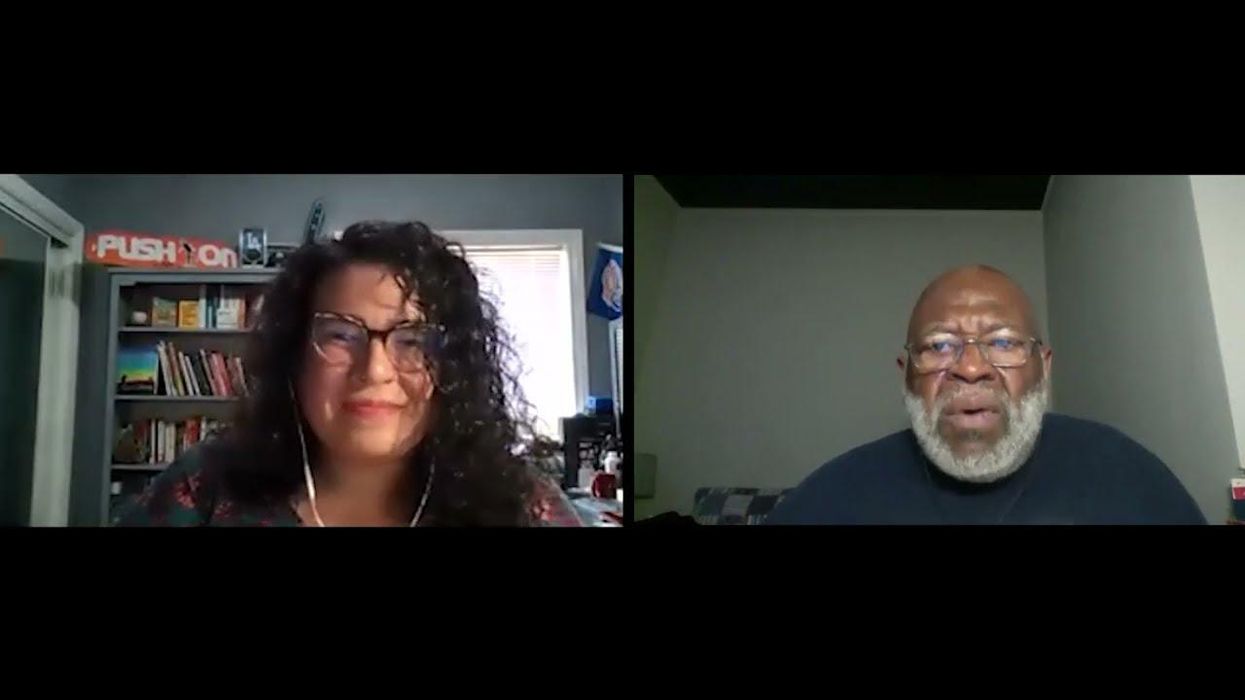America Talks provides a free opportunity for Americans of different backgrounds and beliefs to connect during a time of deep division in our country. Participants will be matched into face-to-face, one-on-one or small group conversations with one or more people.
Video: America Talks 2022
America Talks 2022 Promo



















